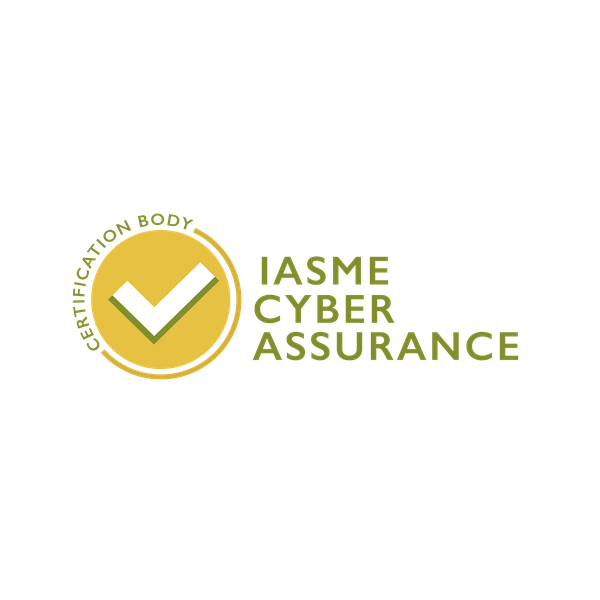What is Infrastructure Penetration Testing?
Infrastructure Penetration Testing is a key component in the security assurance process for IT systems and assets. It ensures adherence to both internal and external standards, significantly reducing the risk of cyber threats. This type of testing ensures that only authorized actions can be executed within the network and that robust security measures are in place to protect against the exploitation of vulnerabilities by attackers. The testing process involves identifying potential security weaknesses that could be exploited by both authenticated and unauthenticated attackers to:
- Gain unauthorized access to sensitive information within the infrastructure.
- Conduct harmful activities within the network.
- Compromise the security of other users within the infrastructure.
- Illegitimately increase their access privileges within the network.
- Threaten the overall stability and security of the infrastructure.
Infrastructure Penetration Testing is designed to uncover vulnerabilities that pose risks to the confidentiality, integrity, or availability of the IT systems and the data they manage.













